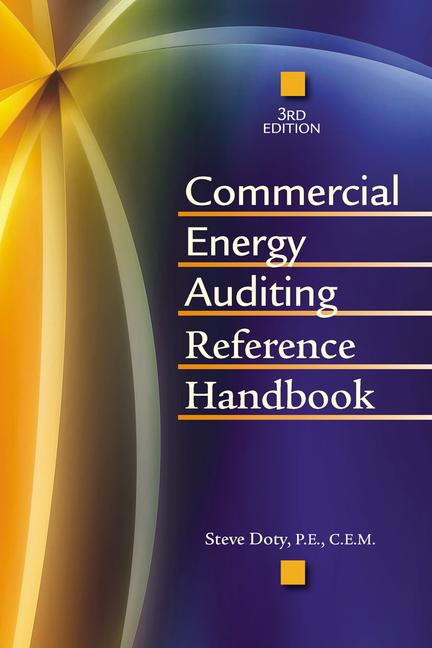The Energy Model
Earning the minimum energy performance prerequisite is based on an energy model of the building and the systems contained therein. The energy model is intended to be prepared during the design phase. Presumably, the construction documents prepared by the design team reflect all of the inputs to the computerized energy model. The LEED project design teams I have worked with certainly intend that this be the case, but I don’t always see back-checks of the design documents against the energy model prior to construction.In many projects, the individual developing the energy model is not involved in the day-to-day design engineering, especially after the energy model has been completed. Given the number of inputs and assumptions that go into modeling a building and its operation, it is not unusual for some of these details to be forgotten, revised, or “value engineered” out of a design before it is completed. I believe it is imperative that the design team re-evaluate the energy model based on the 100% complete construction documents prior to submission of the minimum energy performance prerequisite for review by the USGBC.
With third-party commissioning, I believe it would be more objective if the commissioning professional reviews the energy model against the design documents as a part of the commissioning design reviews for LEED projects. This, however, is not specifically required in the LEED reference guides.
Construction-Phase Woes
Of more concern, however, is what happens in the construction phase of a LEED project. There is a substantial potential for and historical examples of deviations between the modeled building/systems and the actual installation. In my November 2009 column, I detailed a few real project examples of where this has happened. It was only through the commissioning professionals’ attention to detail and their general understanding of the conservation strategies included in the energy models, that concerns with the actual installation were raised and addressed prior to acceptance by the owner.My primary concern is the fact that things almost always change during construction, especially in large and lengthy projects. Myriad reasons including changing owner requirements, unforeseen existing conditions, insufficient foresight and coordination during design, approval of different equipment and/or materials, control system limitations, value engineering, and schedule constraints.
It is hard to imagine a completed project that is not at least slightly different than it was modeled to be. As far as I can tell, the LEED process does not take this into account. The minimum energy performance prerequisite is a “design submission” item, meaning that the project can submit and earn approval of the prerequisite at the end of the design phase. This leaves the impression that it is only necessary to design a building that will meet the minimum energy performance criteria and not necessarily to deliver that same building at the end of construction.
Clearly, this is not the USGBC’s intent. I believe the USBGC’s program is based on the assumption that the final product will fully comply with the design documents. Because we know this is most often not the case, I suggest that the minimum energy performance prerequisite be a “construction submission” instead of a “design submission.” I believe the prerequisite should be earned based on the actual building delivered by the entire project team and not just on the design prepared by the design team.
This approach would offer better value to the owner and the environment with respect to long-term energy performance of the building. It would require the project team to revisit the energy model at the end of construction and re-run it, if necessary, to make adjustments that reflect final as-built conditions. The third-party commissioning professional could be tasked with reviewing the final energy model inputs and assumptions against conditions observed during installation verification and functional performance testing.
In summary, I see a disconnect between the minimum energy performance and commissioning prerequisites in the current LEED process. Adding energy model review and verification to the commissioning professional’s responsibilities may help close that gap. Ideally, this would occur twice in the project; once at the end of design and once at the end of construction. This would add to the cost of commissioning but it would help validate the energy claims made by the project team with respect to a new LEED-certified building.
Even if the USGBC does not officially make this process change (which would take months or years), individual building owners and/or project managers could add this to the scope of work when procuring LEED commissioning services.ES




